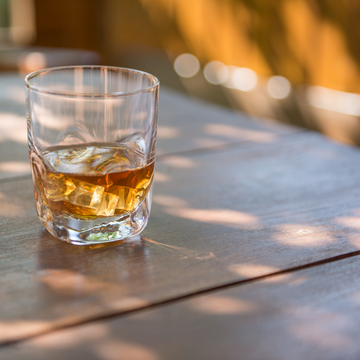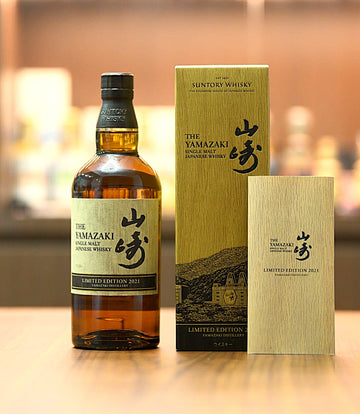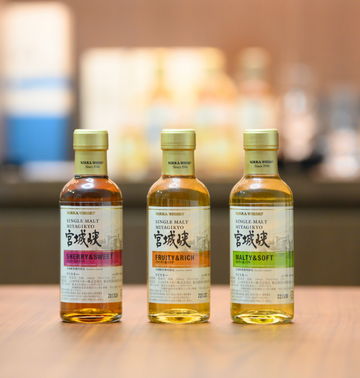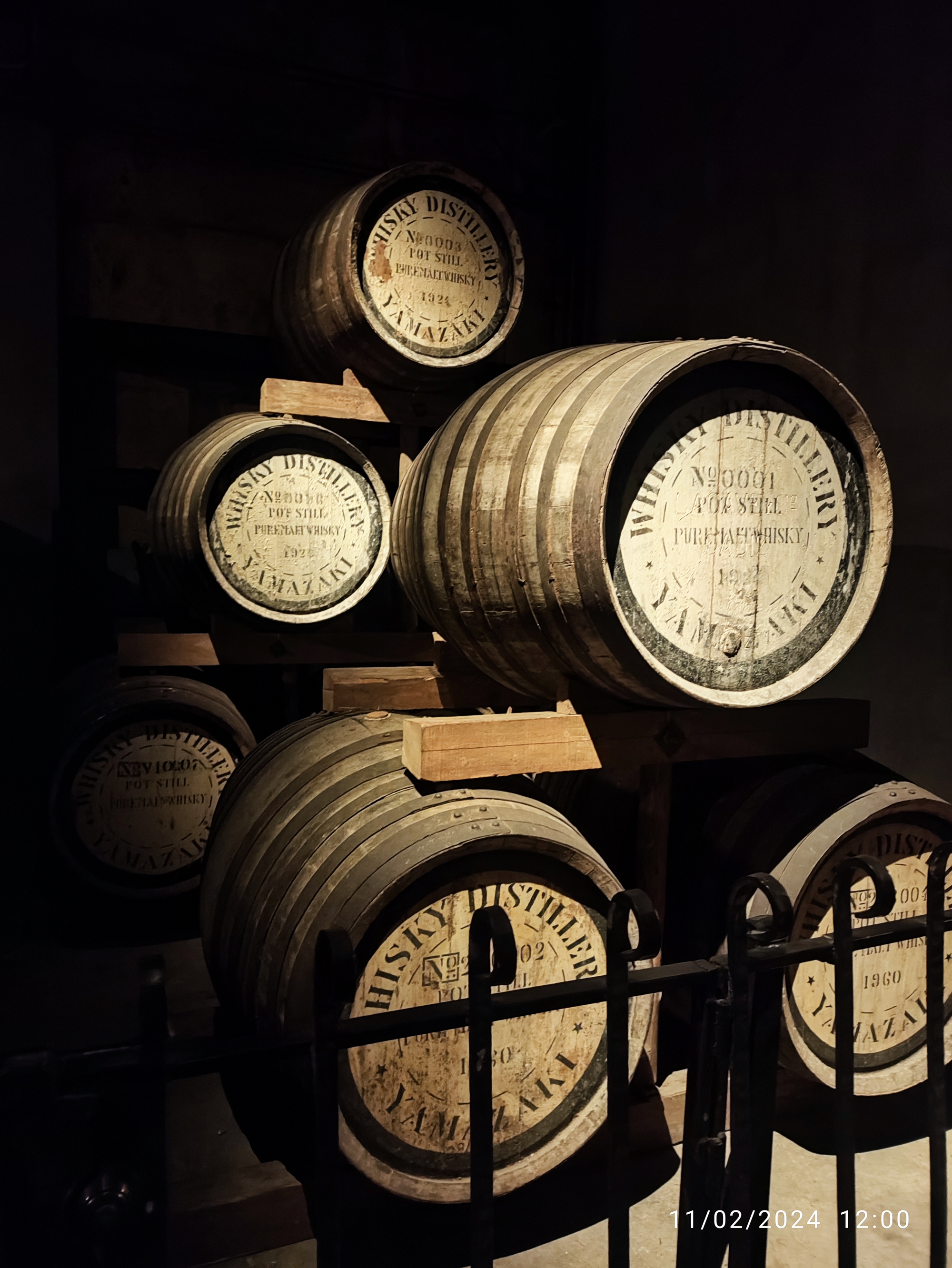Introduction
Collecting rare whisky is a journey that combines passion, craftsmanship, and a taste for the extraordinary. From limited-edition releases to vintage treasures, rare whiskies have become highly sought-after collectibles worldwide. Beyond their flavor profiles, these bottles offer a glimpse into the artistry, heritage, and innovation of some of the world’s finest distilleries. In this guide, we’ll explore what makes rare whiskies so special and provide tips to help you start or expand your collection.
1. Why Collect Rare Whisky?
Rare whisky goes beyond being just a drink; it’s a tangible piece of history. Each bottle often tells a story—whether it’s crafted in a unique cask, sourced from a single vintage year, or produced in limited quantities. Collecting rare whiskies provides a connection to tradition and craftsmanship, while some bottles also appreciate in value over time, making them a potential investment.
2. Key Elements of Rare Whiskies
-
Limited Editions: Many distilleries release special bottlings, often to commemorate anniversaries or unique events. Limited editions can become highly collectible, especially when they showcase rare aging techniques, unique casks, or innovative blends.
-
Age and Maturation: Older whiskies are prized for their depth and complexity. The aging process imparts unique flavors, especially when aged in distinctive barrels like sherry or Mizunara oak. A well-aged whisky captures subtleties that can only develop over decades.
-
Distillery Legacy: Whiskies from renowned or historic distilleries—like Yamazaki, Macallan, or Highland Park—tend to attract collectors. Limited releases from these respected names often become prized possessions, especially if the distillery is closed or the edition is rare.
3. Tips for Building Your Collection
-
Start with Limited Releases: Limited releases are a great way to enter the world of rare whisky collecting. They’re often easier to acquire initially and give you insight into a brand’s unique qualities.
-
Research Distilleries and Regions: Understanding the history and characteristics of different distilleries can help you choose bottles with future value. Japanese, Scottish, and American whiskies all bring distinct qualities to the table.
-
Look for Age Statements: Whiskies with age statements, particularly those over 18 years, are generally more valuable due to the aging process’s effect on flavor. Aged bottles can often be investment-grade items for collectors.
-
Store Properly: Protecting your bottles is essential to preserving their quality and value. Store whisky bottles upright in a cool, dark place to avoid cork deterioration and light exposure that can impact taste over time.
Final Thoughts
Collecting rare whiskies is an art that requires patience, research, and a touch of intuition. Whether you’re drawn to the historic legacy of Scotland, the innovation of Japan, or the bold flavors of American distilleries, each bottle offers a unique experience and a story worth savoring. With every rare whisky added to your collection, you’re not only investing in a premium spirit but also becoming part of a timeless tradition.
Start your journey today, and may each bottle you collect be a testament to your love for whisky and the incredible craftsmanship it represents.






